

Situated in the southeastern part of the United States, Florida is the only state bordered by the Gulf of Mexico and the Atlantic ocean. Its economy is diverse and one of the most prosperous in the world, resting on tourism, industry, banking, medical research, defence and aerospace.
Given its geographical location, it has several ports and harbours, contributing to its economic growth. The historic port region of Fort Pierce even houses the Florida Maritime Training Academy, which provides practical training to all seafarers.
In this article, let us look at the ten major ports in Florida.
It is the state’s biggest and most diverse seaport, lying on the interstate-4 corridor. It supports shipping activities, like shipbuilding and repairs, and records the largest cargo tonnage volume in Florida.
The port has several berths for handling containers, refrigerated cargo, bulk commodities, breakbulk, automobiles and cruise ships. It is Central Florida’s main gateway for construction material, steel and forest goods, cement, limestone and gypsum.


It handles around 33 million tons of cargo annually and covers over 5000 acres of area, divided into specialized terminals.
Its container handling capacity has increased by 30%, owing to its terminal build program. Top shipping companies now provide weekly services from Asian ports to Tampa Bay. The port will be expanded further, and there are plans to construct a gated complex and get new gantries to boost handling capacity.
The port is closest to the grocery, food and beverages industries; it has a 135,000 SF cold storage facility. The oil terminals meet the oil and gas requirements of the rapidly expanding regional energy market and jet fuel demands of its international airports.
Miami port lies in Biscayne Bay, at the mouth of river Miami in the southeastern part of the state. It counts among the busiest ports in Florida, contributing around 43 billion USD and over 340,000 jobs to the state’s economy. It has trade ties with over 100 nations and about 255 ports.
It is recognized as the world’s cruise capital and a global cargo gateway. It broke all records in 2021 for container cargo, which rose by 18%. Not only did it surpass the 1 million TEU limit for the 7th straight year, but it also hit 1.25 million TEU in 2021. Increased exports to Latin America, Asian countries and Europe are the reason behind the achievement.
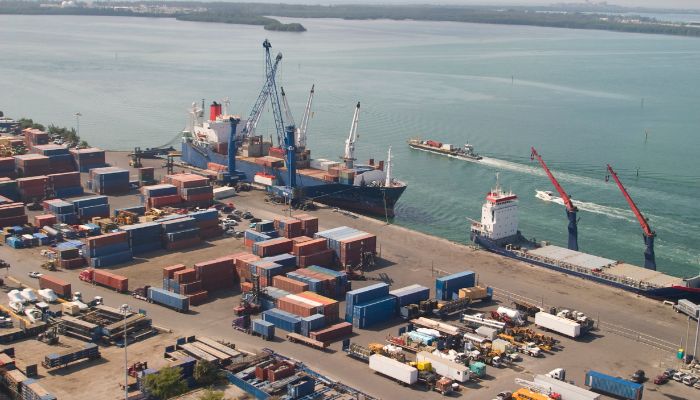

It has two ultra-modern cruise terminals with all amenities. Miami port underwent modernization, including constructing a deep water channel, acquiring post-Panamax gantries and an on-dock intermodal railway connecting major distribution hubs in less than 85 hours. It is also connected to the US interstate highways. More than 300 large vessels have docked at Miami, which would not have been possible without completing these upgrades.
It is the deepest port in Florida, 25 miles from Miami at the mouth of the New River. One of the busiest container facilities in the United States, it is a crucial petroleum storage and distribution centre and one of the busiest and most popular Cruise ports worldwide, welcoming more than 4 million guests annually.
Everglades is South Florida’s most important port for receiving energy supplies like Jet fuel and gasoline. The port was opened in 1928 and constituted 44 berths and several specialized terminals. It has created significant employment opportunities for locals over the years. Today over 200 thousand jobs in Florida are impacted by the Everglades Port.
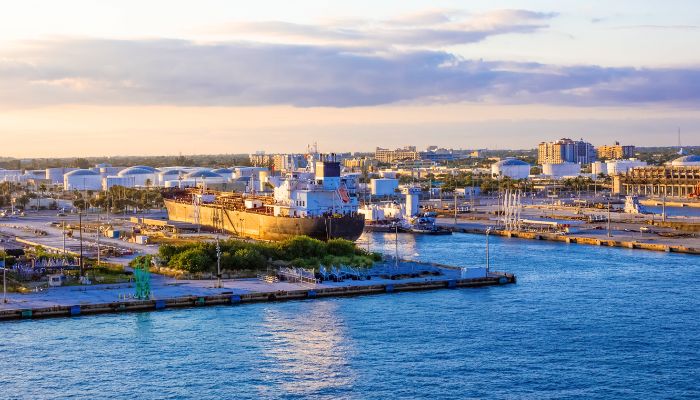

It is directly linked to the main highways, and within 2 miles lies the International Airport. It also houses an advanced foreign trade facility and warehouses for keeping cargo. A 43-acre intermodal container transfer terminal allows shipment to reach Atlanta and Charlotte by railways within 48 hours.
An important Cruise destination with a state-of-the-art Cruise terminal, it has mesmerizing beach fronts, fine-dine restaurants, craft museums, breweries, shopping centres, and malls just a short drive from the port.
Port of Jacksonville lies on the Saint John’s River, close to the Atlantic Ocean, 40 km from the border of Georgia. It is situated in the First Coast region, some 420 km from the port of Palm Beach. It is the biggest deepwater facility in Southern Florida and the state’s leading commercial and transportation hub, mainly for automobiles. Port of Jacksonville’s economy relies primarily on the services sector, followed by banking, military Industries, fishing and tourism.
Jacksonville port has three cargo terminals, namely. The Mount Island Marine terminal, the Dames point facility and the Talleyrand terminal. It also has two rail facilities, the Talleyrand container transfer facility and Dames Point ICTF. The port also has a cruise terminal.
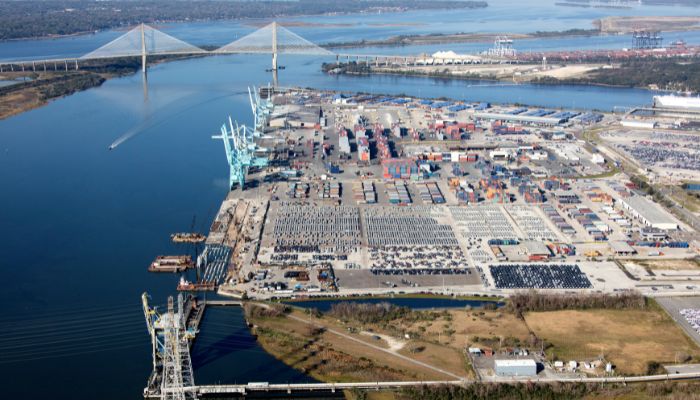

It has trade connections with over 70 countries and 140 ports. There are regular container services from Jacksonville port to Asia, the Caribbean, the Central American region and the South American Continent.
It is one of the most diverse facilities handling containers, break bulk, refrigerated cargo, forest product, project cargo etc. It also houses the Carnival Ecstacy, offering weekly cruise trips to the Bahamas.
It is also a leading port in using LNG as a marine fuel. It is the only port in the US to offer near-berth LNG fuelling facilities for vessels. Jacksonville port has created over 30,000 jobs in Florida and earns around 31 billion USD annually.
Fort Pierce port lies on Florida’s Atlantic coast, 200 km from Port Tampa. It is called the ‘Sunrise City’ and is part of the Port Saint Lucie metropolitan area.
With the construction of Fort Pierce Inlet in 1920, the port started shipping citrus fruits. It was transformed into a US Naval base during the Second World War before becoming a shipping port to the Bahamas.
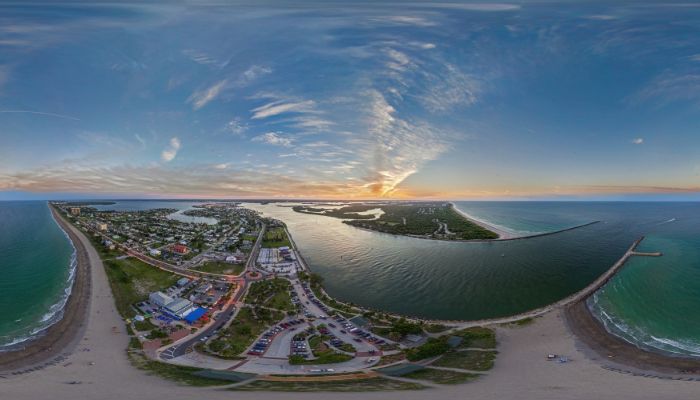

The most unique among all ports, Fort Pierce’s business is owned by a private company, the Indian River Terminal. It has numerous harbours for accommodating general cargo, perishable items, bulk and breakbulk like cement. Around 50,000 tons of cargo are handled each year.
However, the port is currently undergoing modernization. In 2018, the terminal was purchased by the St Lucie Board of County Commissioners to enhance its capacity and restore it to its former glory. Once revamped, it will become a megayacht maintenance and repair facility that would also cater to large sailing ships.
Fernandina port lies on Amelia River, on the eastern coast of Florida. Its principal exports are wood pulp and paper products, as it is connected to 14 major pulp and paper manufacturers in the US. It handles imports of lumber, steel and automobile parts. It exports these materials to various companies owing mills in the southeastern region. It also handles chemicals, beverages, food items and construction material.
Fernandina handles approximately 550,000 tons of cargo and over 500 ships annually. It has facilities for handling containers, containers and RORO. The container terminal has trade links with many South African and Central American ports.
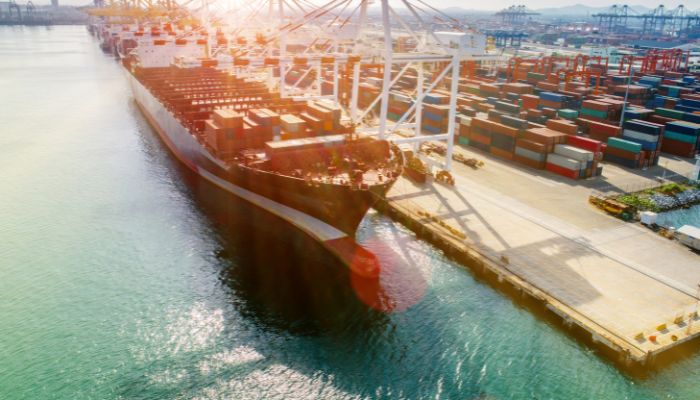

Significant investments have been made to deepen the port berths to 40 feet, get new equipment and open a terminal operating system. It will be expanded to increase its capacity, including constructing additional warehouses. Currently, it has 230,000 sq ft warehouse space and daily rail services. Six to 10 trucks also visit the bulk terminal daily.
Lying on the northwestern coast of Tampa Bay, St Petersberg is situated in the heart of the city’s downtown area, close to local shops, cafes, bars, museums and galleries, including the famous Dali Museum.
It has a 1300 ft wharfage, comprising three piers on the northern Bayboro harbour. The passenger terminal lies on the western part of the harbour. The remaining wharf handles general cargo.


It also boasts a superyacht marina, the only one on Florida’s Gulf coast. The four-acre port area has storage and warehouses and is linked to two airports. It also has many maritime research agencies and organizations.
The marina has welcomed M/Y Tatoosh, one of the biggest yachts in the world. The 1200 ft linear wharf provides fuel, sewage disposal, water facilities, crane service and customs processing. Recently, the port was upgraded and includes six power pedestals to meet the electricity requirements of giant ships.
Manatee is one of the biggest and fastest-growing seaports in Florida. It handles bulk, breakbulk, containers and heavy-lift cargo. It is situated on Tampa Bay, the closest port to the Panama Canal. Manatee port has 10, 40 ft draft berths with smooth intermodal connectivity.
It propels the economy of Southwest Florida and supplies over 400 million gallons of gasoline and other fuels. It has also become a trendsetter for project cargo by opening a 60 million dollar LG heat exchanger fabrication facility.
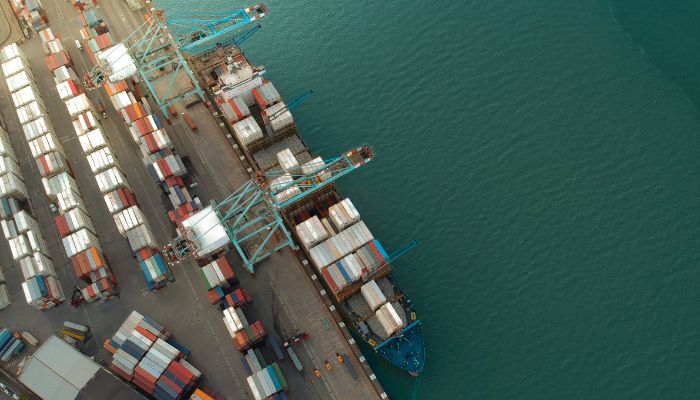

Infrastructure enhancements and expanding markets allowed it to record remarkable growth in 2021. The international trade hub at Manatee has forged links worldwide. It was inaugurated in 2014 and has organized several expo-type trade shows across the state, attended by trade officers and government officials of a dozen countries.
The port supports the regional economy by drawing major businesses. It generates around 4 billion in annual revenue and has created around 28,000 jobs.
The southernmost port of Florida, Key West, has three harbours or terminals, namely Mallory Square, the Navy’s Outer Mole Pier and Pier B. They are one of the busiest ports of call in the country. Cruise ships from Everglades, Miami, Tampa and Jacksonville, and ferries from Myres fort and Macro island regularly visit the port. However, the port handled only 161,197 passengers in 2020.
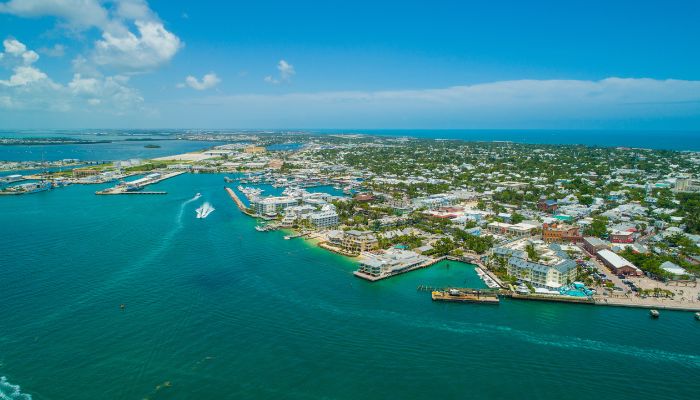

The port supports local and regional businesses, generating 85 million dollars annually. It has created over 20,000 jobs as well, contributing 6% to the city’s tax income. It is one of the most picturesque locations in the Caribbean, and travellers can enjoy the city’s charm on one of their cruise holidays.
Located in Bay County, Panama City port provides services to various customers from different industrial inches. Its six berths and several terminals handle copper, wood pulp, linerboard, pipes, steel plates etc. The port specializes in handling containers and breakbulk.
The enhanced capacity of the port is attributed to the construction of an eastern terminal and greater intermodal connectivity with regional markets. An expansive container freight station was opened in the western port area, and the bulk terminal would be expanded by 2023 to handle an additional 300,000 tons of exports.
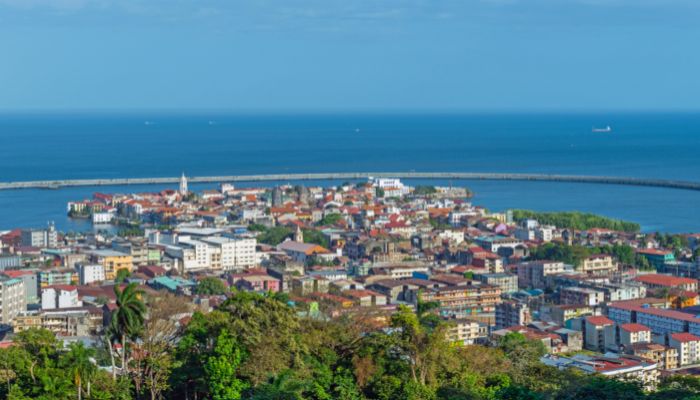

The port has an intermodal distribution hub to promote the warehouse and distribution of bulk cargo. The port will handle 500,000 tons of additional cargo in the next five years with its increased capacity. It has created over 10,000 jobs and generates over 1.6 billion dollars annually.
You might also like to read-
Disclaimer: The authors’ views expressed in this article do not necessarily reflect the views of The Marine Learners. Data and charts, if used, in the article have been sourced from available information and have not been authenticated by any statutory authority. The author and The Marine Learners do not claim it to be accurate nor accept any responsibility for the same. The views constitute only the opinions and do not constitute any guidelines or recommendations on any course of action to be followed by the reader.
The article or images cannot be reproduced, copied, shared, or used in any form without the permission of the author and The Marine Learners.










We believe that knowledge is power, and we’re committed to empowering our readers with the information and resources they need to succeed in the merchant navy industry.
Whether you’re looking for advice on career planning, news and analysis, or just want to connect with other aspiring merchant navy applicants, The Marine Learners is the place to be.